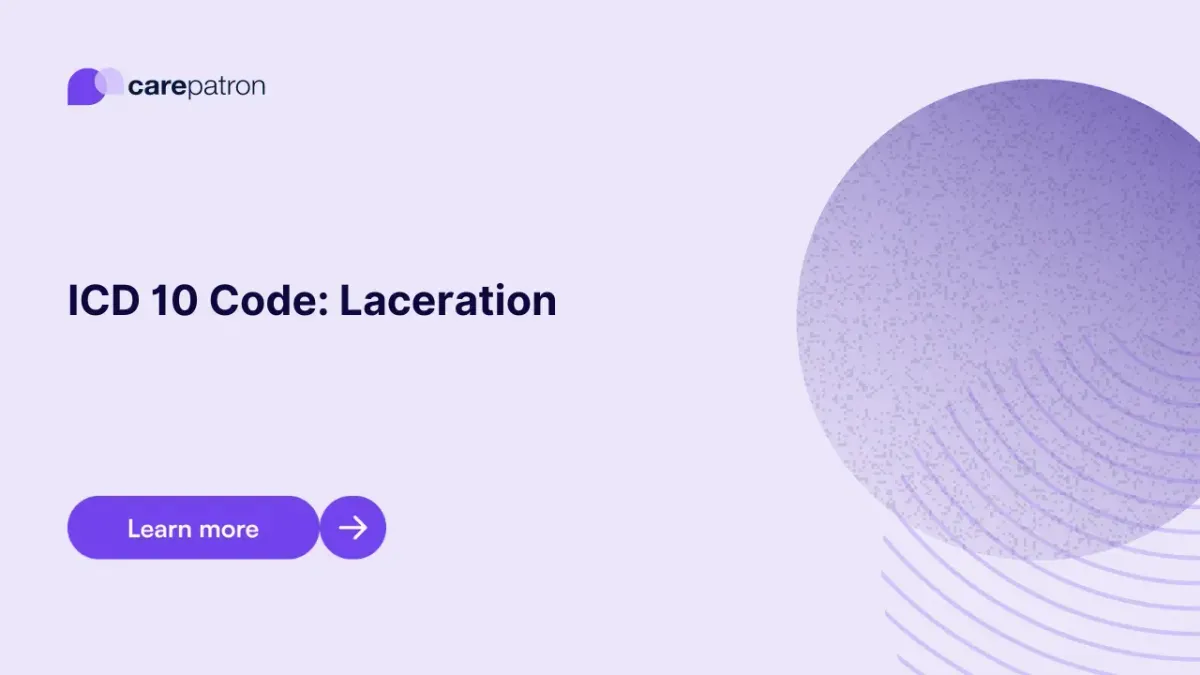
Laceration ICD-10-CM Codes
Learn about ICD-10-CM codes for lacerations by site, encounter type, and foreign body presence to support accurate clinical documentation and billing.
Use Code
EHR and practice management software
Get started for free
*No credit card required
Free
$0/usd
Unlimited clients
Telehealth
1GB of storage
Client portal text
Automated billing and online payments
